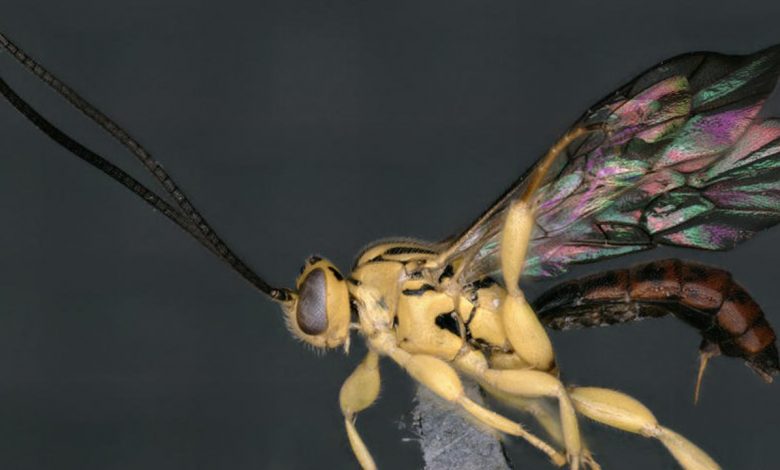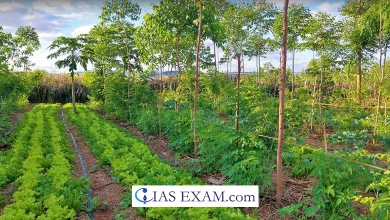
Context- The scientific community has named a new genus of wasp after Soliga who are the indigenous community of Biligiri Rangan Hills (B.R. Hills) in Chamarajanagar district of Karnataka in recognition of their conservation of forests and biodiversity.
Key Highlights
- The entomologists at Ashoka Trust for Research in Ecology and the Environment (ATREE), decided to name the new genus as Soliga ecarinata in an acknowledgement of the Soliga lifestyle that is rooted in the philosophy of sustainability since ancient days and is the mantra in modern times.
- These specimens were collected 15 years ago, as a part of ATREE’s Western Ghats Insect Inventory Program.
- Additional specimens of the same species were collected from the secondary wet forest habitat in Nagaland.
Features of the species
- The species is named as ‘ecarinata’ denoting the absence of ridges in certain body regions and the new insect is strikingly colourful and distinct from all its relatives.
- The new wasp belongs to the subfamily Metopiinae of Darwin wasps family Ichneumonidae.
- The subfamily Metopiinae has 862 species in 27 genera including two fossil genera, most of those are seen only in Palaearctic region, Neotropical and Nearctic regions
- It is the second genus of this subfamily reported from India and the first from South India.
Status of Soliga
- An ATREE release stated that traditionally Soliga was dependent on collecting a broad range of non-timber forest products (NTFP), small game hunting and shifting cultivations for their livelihood.
- But, once the BRT was designated as a wildlife sanctuary, shifting cultivation and hunting were completely banned and the Soligas were allocated small pieces of land for practicing settled agriculture.
- However, they retained the right to collect NTFP and they were allowed to remain inside the forest though it was declared as a tiger reserve.
B.R. Hills
- B.R. Hills falling under the confluence of the Western Ghats and the Eastern Ghats and the unique geographical positioning and diversity of habitats makes BRT one of the richest regions for biodiversity in India.
- Apart from various hundred species of plants, 120 species of ants, 120 species of butterflies and 105 species of dung beetles are known from here while many still remain to be discovered and described.
- ATREE entomologists have described qround 40 new species of insects in the last one year, out of which 10 are from BRT, said the release.





.png)



